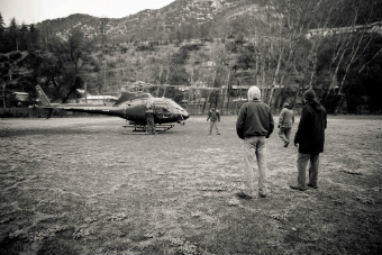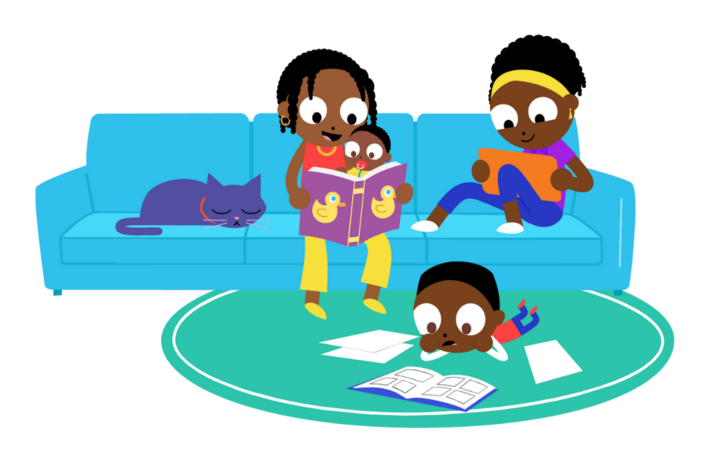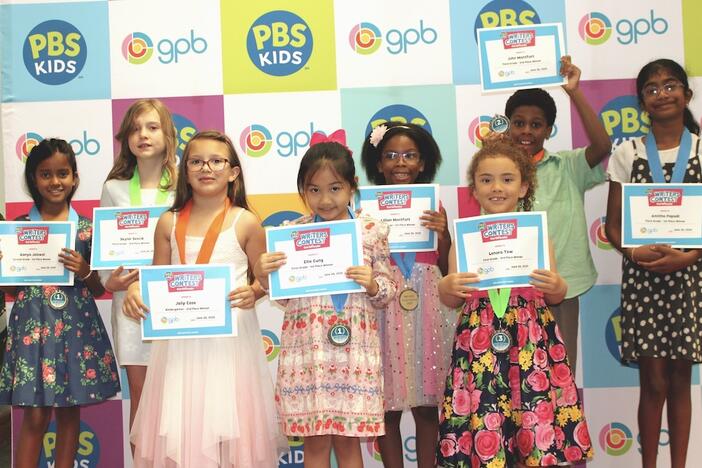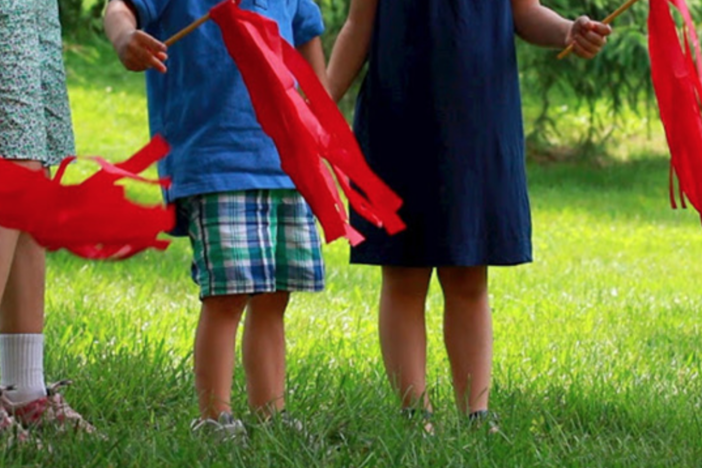
Section Branding
Header Content
TOHL Project Attempts To Bring Water To All
Primary Content

A few weeks back, a colleague of mine passed along some information around TOHL. It seemed interesting enough, but when I learned more about the water mobilization project, I knew I had to share its story. So I asked Apoorv Sinha, the conceiver of TOHL and its current Vice President of Research and Development, to share the concept behind the project and how his educational experiences helped pave the way for his and his teammates’ journey. Below is Apoorv’s story on TOHL: Mobilizing the Globe.
The Haiti disaster was one of the biggest catastrophes in modern human history. The aftermath of this tragedy served as the impetus behind an innovation fundamentally devised to help save lives and bring clean, portable water to those who need it the most. TOHL was not conceived in a Georgia Tech classroom, although I was attending the University as a senior in Chemical Engineering at the time. TOHL was not a product of the classroom and education, but it was definitely a product of the learning that was derived from the formal education system.
TOHL’s conception was a direct result of BBC’s extensive coverage of the Haiti earthquake in early 2010. The devastating disaster inflicted a modern-day tragedy claiming more than 400,000 lives over six months, and the on-the-ground coverage from Haiti was instrumental in convincing me that our current disaster-relief technology needed upgrading. The primary catalyst was an interview the BBC conducted with Bill Clinton who was in charge of the post-earthquake relief operations. He stressed the fact that often, the issue wasn’t the availability of resources on the ground but rather the inability of local supply lines to deliver the relief where it was most needed. That interview resonated with me and motivated me to brainstorm a few ideas about installing supply lines rapidly. My initial insights came from my experience working on an oil field in the summer of 2009. I discussed initial concepts in great length with Dr. Matthew Realff, an associate professor at the schoolof Chemical and bio-molecular engineering at Georgia Tech at the time. Benjamin Cohen joined the team, and his efforts have helped the project develop. You can learn more about how he has taken charge of the venture in the time since conception and business development and get an in-depth look into his story in Santiago, Chile (where we used our initial funding to carry out a full-scale pilot run of the concept) here.
TOHL’s story is a peg in the story of innovation and the success of learning, but education is the silent driver behind the concept long before the idea emerged and has continued to serve the young TOHL management well. The key tenets of the scientific method were applied throughout, and an approach was used where we initially assumed that everything in the field of logistics, particularly disaster logistics, was ideal and that no change was needed. We did not make the well-documented mistake of assuming that we had a world-changing idea. We started with a more pragmatic assumption of the world being fine as it is and then tried to find as much information as we could. We conducted research online and contacted various personnel with extensive experience in the humanitarian sector in order to prove our hypothesis or disprove it.
Education helped us to separate facts from opinion and make a clear, objective assessment of the situation on the ground post-disasters and whether changes were required to alleviate the conditions of disaster victims. Education also played a key part in helping us refine our leads and progress in a lean and efficient manner. My experience executing class projects, particularly Senior Design in my last year at the university, helped me devise a methodical approach to effectively carry out market research and deal with the clutter of information that is available on the internet while refining it into a useful whole. Experience with projects also helped us assess whether our proposed product and service would be useful and then conduct an economic analysis to see if the service was financially feasible. As former Secretary of State, General Colin Powell has stated, when the probability of success with a venture is between 40 to 70 percent, the best way to move forward is to trust your gut instinct and move ahead with persistence. Structured education often teaches students to expect situations with no uncertainty; clearly defined problems with known parameters and constraints. This is not applicable in the real world and being able to take a decision with 30 to 60 percent of the parameters and constraints unknown has been the real fruit of the education that we have received through our high school system, our families, and particularly through professors like Dr. Realff from the Georgia Institute of Technology. TOHL began in earnest when Benjamin Cohen and I took the incomplete information we had and made a decision to forge ahead with the venture and to not look back. Education prepared us to take that leap of faith.
From a fundamental perspective, education helped us efficiently create the roots on which TOHL the venture has been founded and although it was not a particular class or university that helped the conception or the work that followed since, a logical and methodical approach was crucial and at play throughout. I would definitely like to commend the particular teachers and professors that drive students out of their comfort zone through their syllabi and force them to think on their feet. Real life does not present you with a certain algorithm to follow. Identifying a real world problem and finding ways to solve it given all the constraints is a challenging problem when the bounds are unknown and there are no clear guidelines to follow. Creating those guidelines through iterations and multiple trial and error loops with persistence is something teachers and professors of this kind promote, and I believe that has been crucial in paving the way for TOHL’s progress. To learn more of how far TOHL has come since its early days and to help us move along further with pace, visit our Kickstarter crowd-funding campaign.
I would also like to stress here that TOHL has progressed despite multiple obstacles. The core group has never met in person. In a group of four people, we have individuals from different ethnicities and, perhaps more crucially, from different religious backgrounds. TOHL has grown via online conference calls and we have used the speed of trust to its hilt in getting to where we are today. Education has helped us focus on our similarities and our commitment to a common and ultimately noble cause despite our obvious differences. It is because of education that the TOHL management has focused on ideas and not ideologies. We have focused on results and on a cause, and I believe it has been this lesson that has been the most useful of all.
More than anything else, education has taught four Georgia Tech students to discuss and persist with ideas not ideologies. This has been education’s greatest gift for our team and we hope for future entrepreneurs and students as well.
A few weeks back, a co





